For anyone working outdoors, especially in rural or wooded areas, encountering wildlife is more than just a possibility, it’s actually a safety concern.
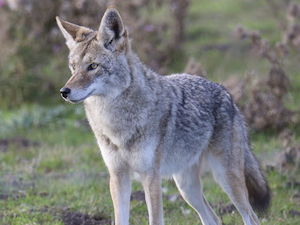
From deer darting across roadways to aggressive birds defending their nests, animals can create unexpected hazards that lead to injuries, equipment damage, or even serious incidents. While most animals steer clear of people, certain conditions on the jobsite can attract them or cause defensive behavior.
Knowing how to prevent and respond to these encounters is a critical part of workplace safety.
Why Wildlife Safety Matters on the Jobsite
Wild animals don’t belong on active worksites, but construction zones, utility corridors, and remote work areas are often located in or near natural wildlife habitats.
Food scraps, trash, loud noises, and human activity can all influence animal behavior. Failing to follow basic precautions increases the risk of surprise encounters, defensive attacks, or vehicle collisions.
Even seemingly harmless animals can become a hazard when they feel threatened, are protecting their young, or are drawn in by unsecured food or waste. Wildlife safety isn’t just about avoiding danger, it’s about maintaining a secure, distraction-free jobsite where everyone can focus on the work at hand.
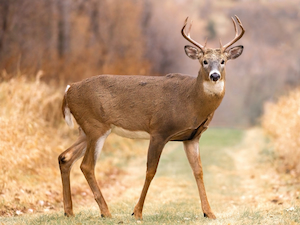
Deer and Road Risks
Deer are among the most common large animals workers may encounter. While they generally keep their distance, deer can behave unpredictably when startled, especially during mating season or when protecting young.
However, when it comes to deer, the most serious risk they pose is to drivers. Collisions with deer frequently occur at dawn or dusk and are a leading cause of wildlife-related injuries and vehicle damage on the road.
If a deer suddenly runs across your path while driving, brake firmly and stay in your lane. Swerving to avoid a deer may result in hitting another vehicle, a fixed object, or losing control entirely. In areas where deer activity is frequent, it’s best to reduce speed and stay alert.
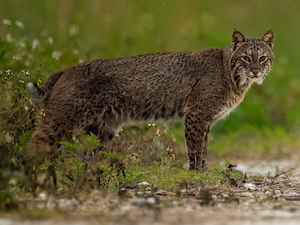
Coyotes and Bobcats
Coyotes and bobcats are medium-sized predators that typically avoid human contact. However, when they become accustomed to jobsite trash or food left behind, their behavior can change.
Coyotes may wander through open areas, and bobcats may silently watch from tree lines or underbrush. Both species can carry diseases like rabies and may act defensively if cornered or protecting offspring.
If you encounter a coyote or a bobcat, remain calm and avoid turning your back. Make yourself appear larger, speak in a firm voice, and slowly back away. Never mistake calm behavior for tameness, and always report any aggressive or unusual behavior.
Bears on the Jobsite
Black bears are strong, fast, and sometimes unpredictable. They may be drawn to jobsites by the smell of food, unsecured trash, or even scented items left in vehicles or toolboxes. Most black bear incidents involve poor food storage or surprise encounters, especially with mother bears guarding cubs.
If you see a black bear, do not run. Speak calmly, avoid direct eye contact, and back away slowly. If the bear continues approaching, try to look larger by raising your arms or holding up a jacket. Bear spray can be effective if used correctly.
Workers in areas where grizzly bears are known to live should receive specific wildlife safety training, as grizzlies are larger, more aggressive, and more dangerous than black bears.
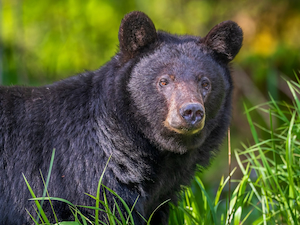
Aggressive Birds
Birds may not seem threatening, but they can be surprisingly aggressive when nesting. Species like geese, gulls, and hawks have been known to dive at workers who get too close to nests or fledglings. Additionally, bird droppings pose sanitation risks and can cause slip hazards or even respiratory issues during cleanup.
To stay safe, avoid disturbing nests and use caution when working near rooftops, ledges, or equipment sheds. If a bird acts aggressively, do not retaliate, but instead back away calmly and leave the area.
In areas where bird activity is high, workers should wear hard hats and eye protection.
Preventing Wildlife Hazards
Wildlife safety starts with prevention. Avoid leaving food, trash, or open containers on site. Don’t feed wild animals or approach them under any circumstance. Make noise when working in dense vegetation or low-visibility areas to avoid surprise encounters.
If wildlife is spotted regularly near the jobsite, it should be reported to the safety manager or site supervisor.
Staying alert, respecting wildlife, and knowing how to respond during an encounter can prevent serious incidents and help keep workers safe.
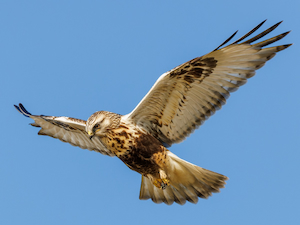
.jpg)

.jpeg)